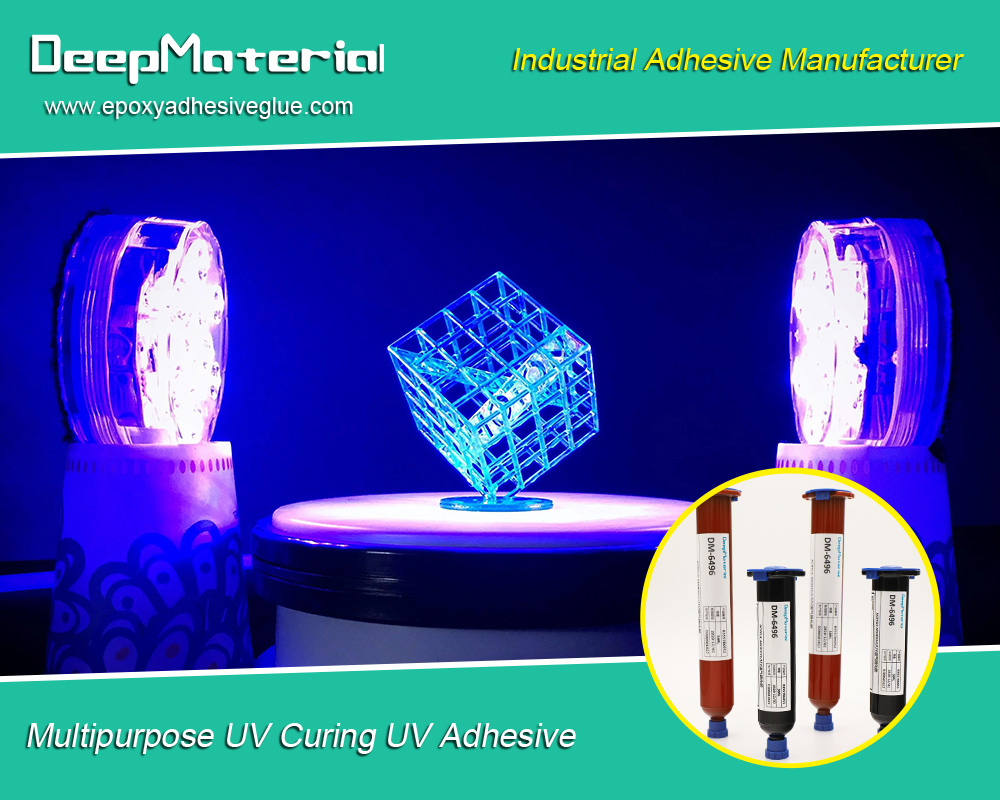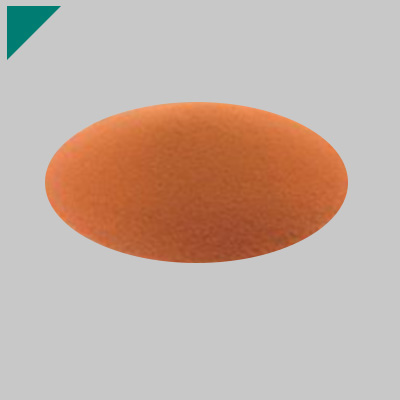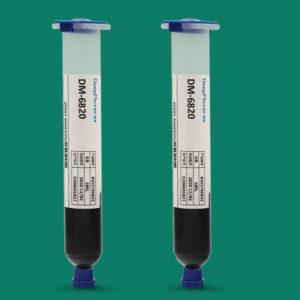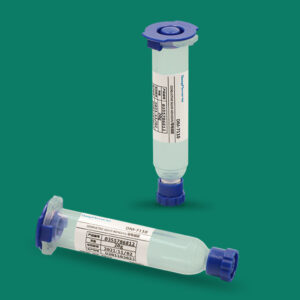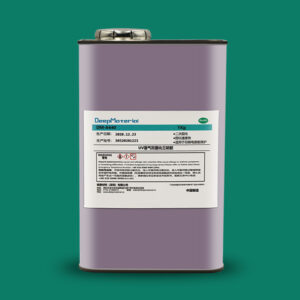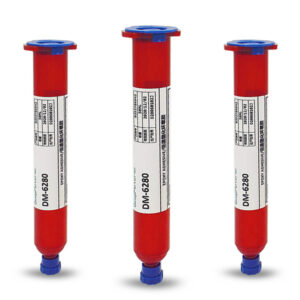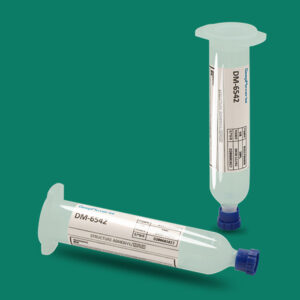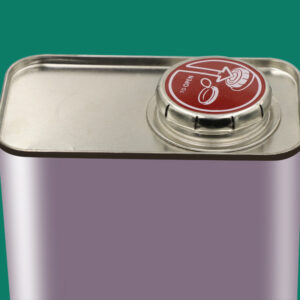Synergistic Enhancement Mechanism of Gas-Phase, Condensed-Phase, and Heat-Exchange Interruption Flame Retardant Mechanisms
Synergistic Enhancement Mechanism of Gas-Phase, Condensed-Phase, and Heat-Exchange Interruption Flame Retardant Mechanisms
With the widespread application of polymer materials in fields such as construction, electronics, and transportation, the flame retardant properties of materials have become increasingly important. A single flame retardant mechanism often struggles to meet complex flame retardant requirements, while the synergistic effect of gas-phase, condensed-phase, and heat-exchange interruption flame retardant mechanisms has become key to enhancing the comprehensive flame retardant performance of materials. In-depth research into the synergistic modes of these mechanisms helps develop more efficient and safer flame retardant materials.
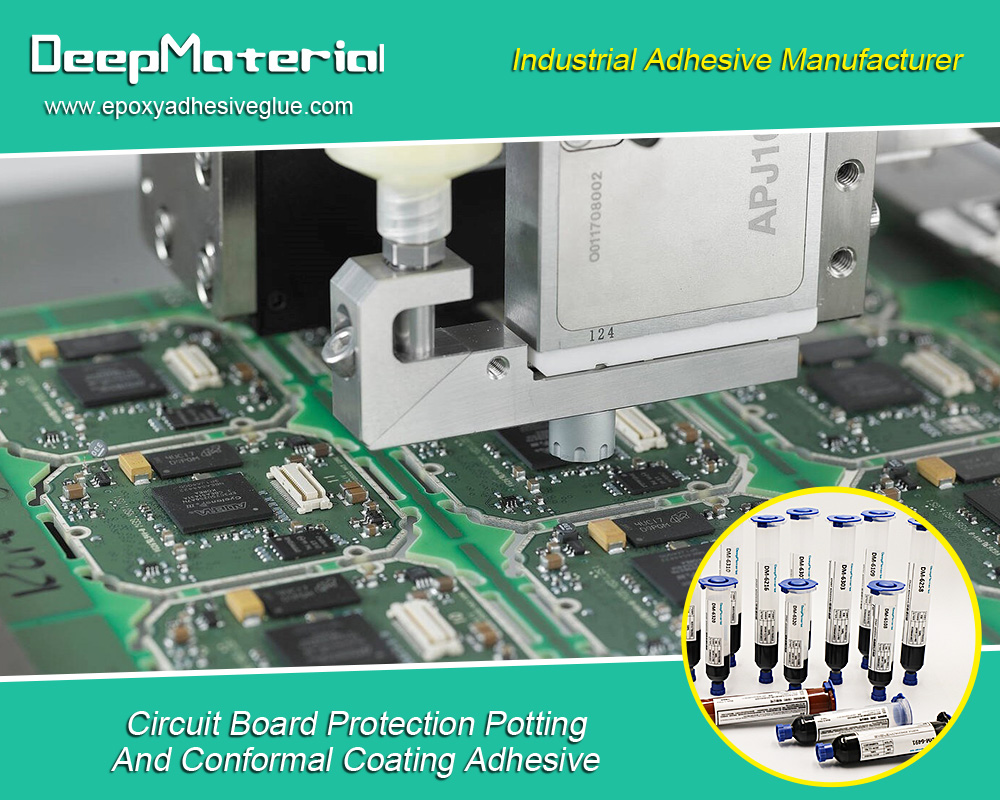
Overview of Flame Retardant Mechanisms
1. Gas-Phase Flame Retardant Mechanism
Gas-phase flame retardancy refers to the flame retardant effect of gaseous substances decomposed from flame retardants during combustion. It mainly operates through the following pathways: First, flame retardants decompose to generate free radical scavengers. For example, halogen-containing flame retardants release hydrogen halides (HX) at high temperatures, which react with highly reactive free radicals (e.g., H·, OH·) produced during combustion to convert them into less active substances, thereby interrupting the combustion chain reaction. Second, non-combustible gases (e.g., CO₂, N₂) decomposed from flame retardants dilute the concentration of combustible gases and oxygen, reducing the intensity of the combustion reaction.
2. Condensed-Phase Flame Retardant Mechanism
Condensed-phase flame retardancy primarily occurs on the material surface or within the material, achieving flame retardancy by altering the thermal decomposition process and surface structure of the material. On one hand, flame retardants can promote the formation of a dense char layer on the material surface, which blocks heat transfer to the material interior and prevents combustible gases from escaping into the gas phase to participate in combustion. On the other hand, some flame retardants can change the thermal decomposition pathway of the material in the condensed phase, generating more stable products and reducing the production of combustible gases. For example, phosphorus-based flame retardants can promote material dehydration and carbonization in the condensed phase, forming a phosphorus-rich char layer that enhances the oxidation resistance and stability of the char.
3. Heat-Exchange Interruption Flame Retardant Mechanism
Heat-exchange interruption flame retardancy is achieved by reducing heat transfer between the material and the external environment. Some flame retardants have high heat capacity or thermal conductivity, capable of absorbing large amounts of heat to lower the material surface temperature and delay thermal decomposition and combustion. Others can form a thermal insulation layer on the material surface. For example, intumescent flame retardants expand to form a porous foam char layer when heated, which has excellent thermal insulation properties and effectively blocks heat transfer.
Synergistic Action Mechanisms
1. Synergy Between Gas-Phase and Condensed-Phase Flame Retardancy
The synergy between gas-phase and condensed-phase flame retardancy is reflected in two aspects. First, the char layer formed in the condensed phase reduces the release of combustible gases into the gas phase, thereby lowering the concentration of combustible gases in the gas phase and reducing the fuel source for combustion reactions. Meanwhile, the char layer can also inhibit the diffusion of free radicals from the gas phase to the material surface, further slowing down the combustion reaction. Conversely, free radical scavengers and non-combustible gases produced by gas-phase flame retardancy reduce the combustion temperature and slow the thermal decomposition rate of the material, providing more favorable conditions for the formation of the condensed-phase char layer. For example, in intumescent flame retardant systems, the acid produced by the acid source reacts with the carbon source to form a char layer, and the non-combustible gas from the gas source inflates the char layer into a porous structure. Simultaneously, the decomposed gaseous products scavenge free radicals in the gas phase, and the two mechanisms work synergistically to significantly enhance flame retardancy.
2. Synergy Between Gas-Phase and Heat-Exchange Interruption Flame Retardancy
The synergy between gas-phase and heat-exchange interruption flame retardancy can be understood from the perspectives of temperature control and reaction inhibition. Gas-phase flame retardancy interrupts the combustion chain reaction to reduce combustion temperature and heat generation, while heat-exchange interruption flame retardancy lowers the material surface temperature by absorbing heat or forming a thermal insulation layer, further inhibiting material thermal decomposition. The two complement each other to form a positive cycle. For example, in some flame retardant systems containing metal hydroxides, the metal hydroxides decompose to absorb large amounts of heat and lower the material temperature (heat-exchange interruption flame retardancy). Meanwhile, the released water vapor enters the gas phase to dilute combustible gases and oxygen (gas-phase flame retardancy), achieving synergistic flame retardancy.
3. Synergy Between Condensed-Phase and Heat-Exchange Interruption Flame Retardancy
The char layer formed in the condensed phase inherently has certain thermal insulation properties, effectively blocking heat transfer to the material interior, which aligns with the principle of heat-exchange interruption flame retardancy. Additionally, some heat-exchange interruption flame retardants can interact with the condensed-phase char layer to further enhance its thermal insulation and stability. For example, nano-clay filled in flame retardant materials can promote char layer formation in the condensed phase, and the lamellar structure of nano-clay can act as a barrier to heat transfer in the char layer, synergizing with other flame retardants to achieve condensed-phase and heat-exchange interruption flame retardancy.
4. Comprehensive Effects of Three-Mechanism Synergy
When gas-phase, condensed-phase, and heat-exchange interruption flame retardant mechanisms act synergistically, they can inhibit the combustion process from multiple dimensions. In the early stages of combustion, heat-exchange interruption flame retardancy lowers the material surface temperature to delay thermal decomposition. As the temperature rises, gas-phase flame retardancy begins to function by scavenging free radicals and diluting combustible gases to reduce combustion intensity. Simultaneously, condensed-phase flame retardancy promotes char layer formation to further block heat transfer and combustible gas escape. The three mechanisms complement each other to form a complete flame retardant system, significantly enhancing the comprehensive flame retardant performance of materials.
Case Studies of Typical Synergistic Flame Retardant Systems
1. Intumescent Flame Retardant Systems
Intumescent flame retardant systems typically consist of an acid source, carbon source, and gas source. When heated, the acid source decomposes to produce an acid that catalyzes the carbon source to dehydrate and carbonize, forming a char layer. The gas source decomposes to release non-combustible gases, inflating the char layer into a porous foam structure (condensed-phase flame retardancy). Meanwhile, the decomposed gaseous products scavenge free radicals in the gas phase (gas-phase flame retardancy), and the expanded foam char layer provides thermal insulation (heat-exchange interruption flame retardancy). Widely used in polyolefins and other polymer materials, this system effectively improves the flame retardant rating while minimally affecting the material’s mechanical properties.
2. Phosphorus-Nitrogen Composite Flame Retardant Systems
In phosphorus-nitrogen composite flame retardant systems, phosphorus-based flame retardants promote carbonization in the condensed phase to form a stable char layer. Nitrogen-based flame retardants decompose to produce non-combustible gases when heated, diluting combustible gases and oxygen, and some nitrogen compounds can also scavenge free radicals in the gas phase. Furthermore, the interaction between phosphorus and nitrogen can further promote char layer formation and stability, enhancing thermal insulation and achieving synergy among the three flame retardant mechanisms. This system exhibits excellent flame retardant performance in materials such as polyurethane and epoxy resin, with low toxicity and environmental friendliness.

Conclusion
The three mechanisms of gas-phase, condensed-phase, and heat-exchange interruption flame retardancy synergize through various modes to inhibit the combustion process from different angles, significantly enhancing the comprehensive flame retardant performance of materials. In practical applications, rationally designing flame retardant systems to fully leverage the synergistic effects of these mechanisms is key to developing high-performance flame retardant materials. In the future, with deeper research into flame retardant mechanisms, it is expected to develop more efficient, environmentally friendly, and multifunctional flame retardant materials to meet the growing safety demands in various fields. Meanwhile, further studying the synergistic mechanisms of different flame retardant mechanisms in complex environments will provide a more solid theoretical foundation for the innovative development of flame retardant materials.
For more about choosing the best synergistic enhancement mechanism of gas-phase, condensed-phase, and heat-exchange interruption flame retardant mechanisms, you can pay a visit to DeepMaterial at https://www.epoxyadhesiveglue.com/category/epoxy-adhesives-glue/ for more info.


